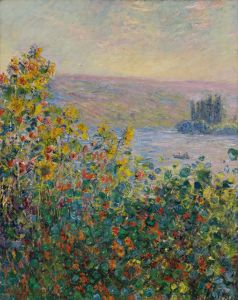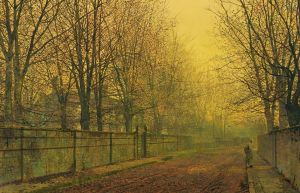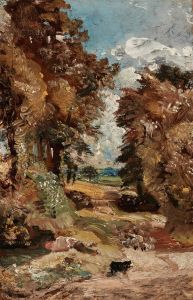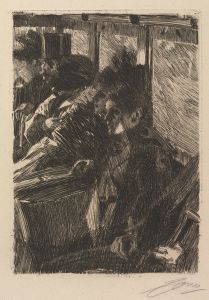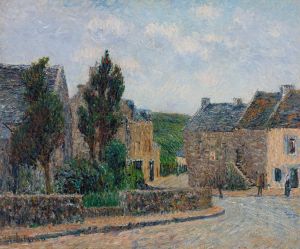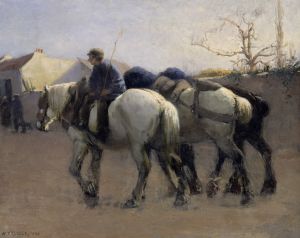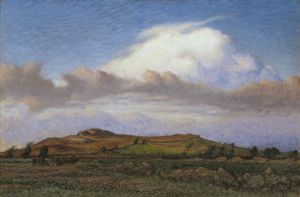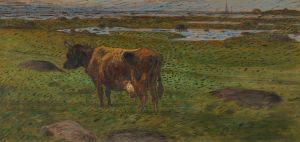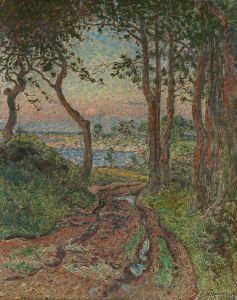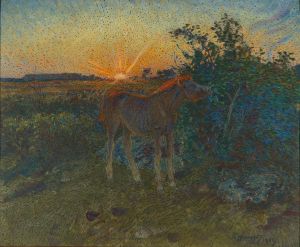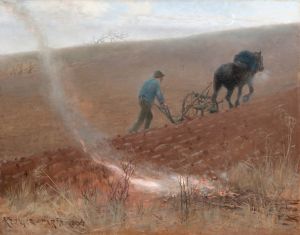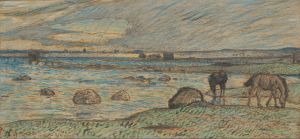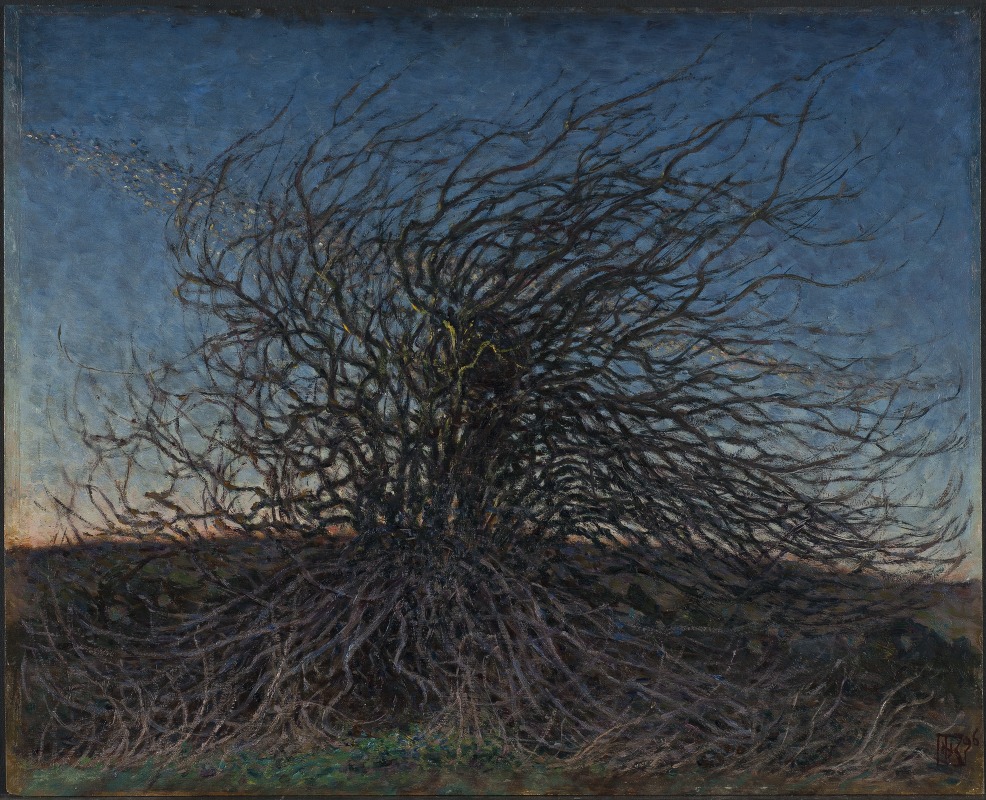
Vårafton
A hand-painted replica of Nils Kreuger’s masterpiece Vårafton, meticulously crafted by professional artists to capture the true essence of the original. Each piece is created with museum-quality canvas and rare mineral pigments, carefully painted by experienced artists with delicate brushstrokes and rich, layered colors to perfectly recreate the texture of the original artwork. Unlike machine-printed reproductions, this hand-painted version brings the painting to life, infused with the artist’s emotions and skill in every stroke. Whether for personal collection or home decoration, it instantly elevates the artistic atmosphere of any space.
Nils Kreuger, a prominent Swedish painter, is known for his contributions to the development of Swedish art in the late 19th and early 20th centuries. One of his notable works is "Vårafton," which translates to "Spring Evening" in English. This painting exemplifies Kreuger's characteristic style and thematic focus, capturing the serene beauty of the Swedish landscape.
Born in 1858 in Kalmar, Sweden, Kreuger initially studied at the Royal Swedish Academy of Arts in Stockholm. However, like many of his contemporaries, he became dissatisfied with the traditional academic approach and sought new artistic directions. This led him to Paris, where he was influenced by the burgeoning Impressionist movement. The exposure to Impressionism and the vibrant art scene in Paris significantly impacted his style, encouraging him to experiment with light, color, and brushwork.
"Vårafton" reflects Kreuger's mature style, which often combined elements of Impressionism with a distinct Nordic sensibility. The painting captures a tranquil evening scene, likely set in the Swedish countryside, a common subject in Kreuger's oeuvre. His work frequently depicted rural landscapes, emphasizing the changing seasons and the interplay of natural light.
In "Vårafton," Kreuger employs a soft color palette, using gentle hues to convey the delicate atmosphere of a spring evening. The composition is carefully balanced, with attention to the effects of light and shadow. Kreuger's brushwork in this piece is both deliberate and expressive, capturing the essence of the landscape without resorting to excessive detail. This approach allows viewers to experience the mood and ambiance of the scene rather than focusing solely on its physical attributes.
Kreuger's interest in capturing the Swedish landscape was not merely aesthetic; it was also cultural. During his lifetime, Sweden was undergoing significant social and economic changes, and there was a growing interest in national identity and heritage. Artists like Kreuger played a crucial role in this cultural movement by highlighting the unique beauty of the Swedish environment and lifestyle. His works often evoke a sense of nostalgia and appreciation for the natural world, resonating with contemporary audiences who were experiencing rapid urbanization and industrialization.
Throughout his career, Kreuger was associated with the Varberg School, a group of artists who shared similar interests in landscape painting and were based in the coastal town of Varberg. This group, which included other notable Swedish artists such as Karl Nordström and Richard Bergh, was instrumental in advancing modern art in Sweden. They sought to break away from the constraints of academic art and explore new ways of representing the world around them.
"Vårafton" is a testament to Kreuger's skill as a painter and his ability to convey the subtle beauty of the Swedish landscape. His work continues to be celebrated for its contribution to Swedish art and its reflection of the cultural and environmental themes of his time. Today, Kreuger's paintings, including "Vårafton," are held in high regard and can be found in various art museums and collections, serving as enduring examples of his artistic legacy.





